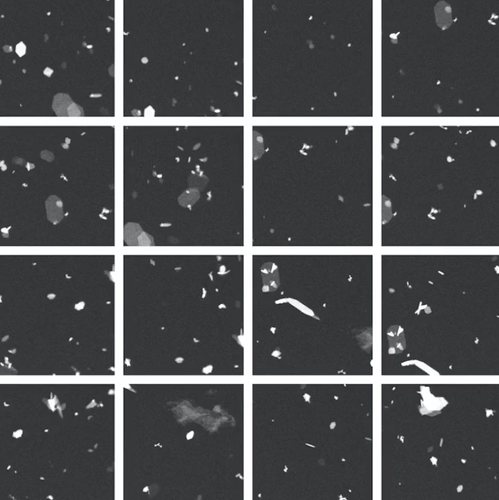CDI Capability: Few-Shot Machine Learning
Doing More With Less: Few-Shot Machine Learning for Microstructural Analysis

Scientists use a variety of electron microscopes to examine chemical and materials systems. Today, most data is painstakingly examined by hand using a skilled operator’s prior knowledge. However, emerging next-generation scientific experiments can produce data in immense variety and scale, leaving humans struggling to catch up. Pacific Northwest National Laboratory (PNNL) has developed a new few-shot machine learning (ML) approach to classify and generate statistical insight into materials microstructures. Using just a few examples, an ML algorithm can quickly detect and quantify features of interest, such as defects, particles, or interfaces. This approach allows researchers to easily triage and statistically analyze microscopy data in a way that has not been possible before.
Additional Details
Scientists have long struggled with the ability to handle more and more data. Each generation of instruments brings with it the ability to resolve more subtle details in chemical and materials systems, but it has been difficult to translate all that data into usable knowledge. The PNNL application represents the culmination of several years of research into how to harness an emerging branch of ML in sparse data analytics to quickly triage and classify important features in electron microscope data. These features are often subtle and difficult for the human eye to detect, particularly when data is generated in large volumes or at high speed, as is the case for many chemical reactions. Using the few-shot application, a user provides examples of what they care about and a specialized neural network called a “metalearner” compares unknown parts of images to those examples. The PNNL team has shown that this approach works well for many different types of image data, ranging from the atomic to the micron scale, all without specialized tuning. This approach opens the door to a new kind of machine-guided analysis and eventual automation of scientific experiments, which will transform the way materials and chemical systems are designed for energy storage and computing technologies.